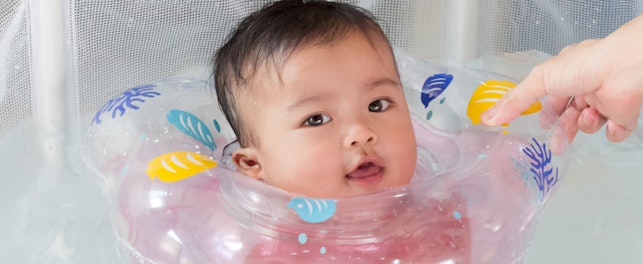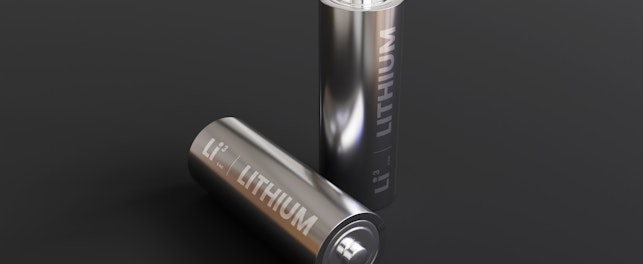Colombia has published an Emergency Technical Regulation for the migration of heavy metals from food contact glass and ceramic. These became effective in July 2019 and are valid for 12 months.
In July 2019, the Colombian Ministry of Health and Social Protection (Ministerio de Salud y Protección Social) published Resolution 1893 of July 16, 2019 (Resolución Número 1893 de 2019 (16 JUL 2019)) to regulate the migration of lead and cadmium from food contact glass, ceramic and similar products.
The resolution contains several important provisions, including:
- A list of HS codes for products falling under the scope – product characteristics will also be taken into consideration
- Establishing migration limits for lead and cadmium
- Requiring product conformity certificates in relation to Scheme 1b, 4 or 5 under the NTC-ISO/IEC 17067 standard
- Requiring conformity assessments to be carried out by laboratories accredited to ISO/IEC 17025 by the National Accreditation Agency of Colombia (Organismo Nacional de Acreditación de Colombia, ONAC) or a laboratory accredited by an Accreditation Body belonging to the Mutual Recognition Agreements (MRA) of the International Laboratory Accreditation Cooperation (ILAC) and which ONAC is a signatory and using the following standards:
- Norma Técnica Colombiana NTC 4634:2014 ‘Ceramicware in contact with food: Release of lead and cadmium’ (ISO 6486-1 is accepted as equivalent)
- Norma Técnica Colombiana NTC 3537:1993 ‘Ceramics cookware for cooking in contact with food. Release of lead and cadmium. Permissible limits and method of test’ (ISO 8391 Parts 1 and 2 are accepted as equivalent)
- Norma Técnica Colombiana NTC 3536:1993 ‘Glassware and glass ceramicware in contact with food. Release of lead and cadmium. Permissible limits and method of test’ (ISO 7086 parts 1 and 2 are accepted as equivalent)
- Requiring a certificate of conformity (CoC) issued by a Certification Body accredited by ONAC or an accreditation body belonging to the Multilateral Recognition Agreements (MLA) where ONAC is a signatory (ISO/IEC 17065)
- This regulation retains the requirements that were established under Resolution No. 1900:2008 by the Ministry of Health and whose validity expired on December 31, 2018
The resolution is valid until July 16, 2020 (12 months).
Highlights of the resolution on the requirements for lead and cadmium migration are summarized in Table 1.
| Colombian Ministry of Health and Social Protection Resolution 1893 of 2019 (July 16) | ||||
|---|---|---|---|---|
| Scope | Category | Migration Requirements | ||
| Lead | Cadmium | |||
| Ceramics and Porcelain | Flatware (≤ 25 mm internal depth) | ≤ 1.7 mg/dm² | ≤ 0.17 mg/dm² | |
| Articles that can be filled (> 25 mm internal depth) | Small Hollow ware (< 1.1L) | ≤ 5.0 mg/L | ≤ 0.5 mg/L | |
| Large Hollow ware (1.1L ≤ capacity < 3L) | ≤ 2.5 mg/L | ≤ 0.25 mg/L | ||
| Cups and mugs and similar articles | ≤ 5.0 mg/L | ≤ 0.5 mg/L | ||
| Pitchers (jugs) (≥ 3L) | ≤ 2.5 mg/L | ≤ 0.25 mg/L | ||
| Ceramic | Cooking utensils | --- | ≤ 5.0 mg/L | ≤ 0.5 mg/L |
| Glass and glass-ceramics | Flatware (≤ 25 mm internal depth) | ≤ 1.7 mg/dm² | ≤ 0.17 mg/dm² | |
| Articles that can be filled (> 25 mm internal depth) | Small concave utensils | ≤ 5.0 mg/L | ≤ 0.5 mg/L | |
| Large concave utensils | ≤ 2.5 mg/L | ≤ 0.25 mg/L | ||
Table 1
SGS is committed to providing information about development in regulations for consumer products as complimentary services. Through a global network of laboratories, SGS provides a wide range of services including physical/mechanical testing, analytical testing and consultancy work for technical and non-technical parameters applicable to a comprehensive range of consumer products. Please do not hesitate to contact us for further information.
For enquiries, please contact:
Hingwo Tsang
Global Information and Innovation Manager
Tel:(+852) 2774 7420
Camilo E. Ramírez R
Certification Director - SGS COLOMBIA S.A.S
t: +57 1 606 92 92 Ext. 1419
© SGS Group Management SA - 2020 - All rights reserved - SGS is a registered trademark of SGS Group Management SA. This is a publication of SGS, except for 3rd parties’ contents submitted or licensed for use by SGS. SGS neither endorses nor disapproves said 3rd parties contents. This publication is intended to provide technical information and shall not be considered an exhaustive treatment of any subject treated. It is strictly educational and does not replace any legal requirements or applicable regulations. It is not intended to constitute consulting or professional advice. The information contained herein is provided “as is” and SGS does not warrant that it will be error-free or will meet any particular criteria of performance or quality. Do not quote or refer any information herein without SGS’ prior written consent.



